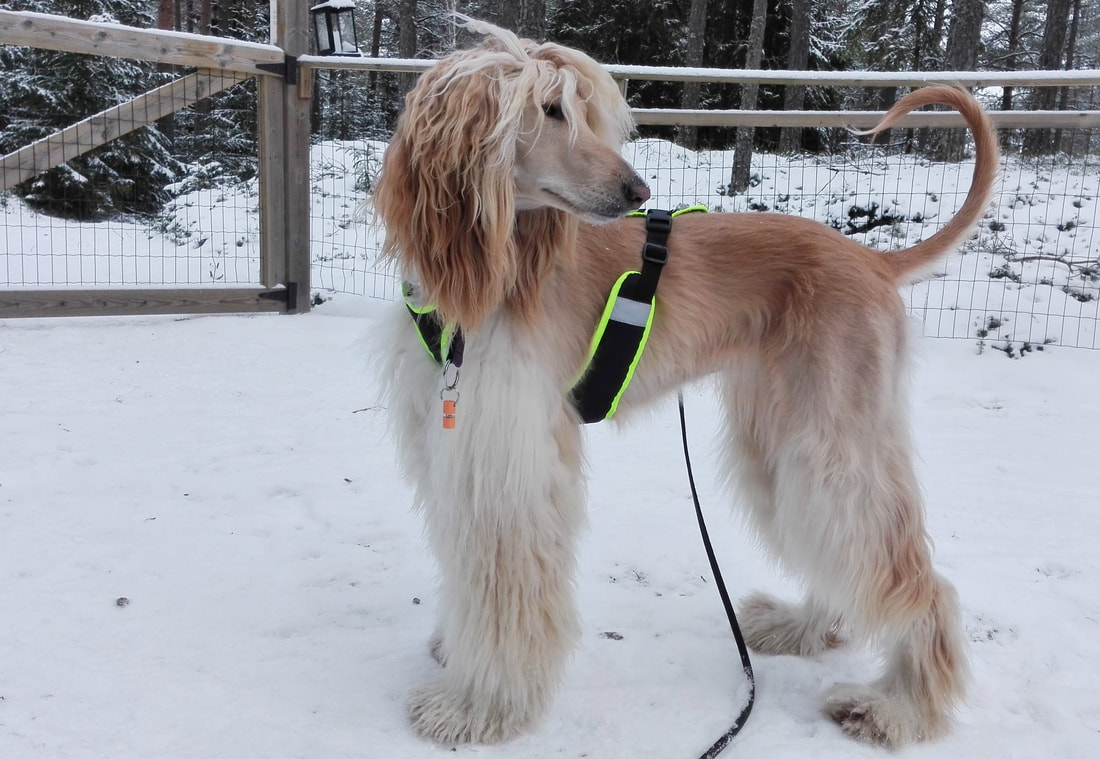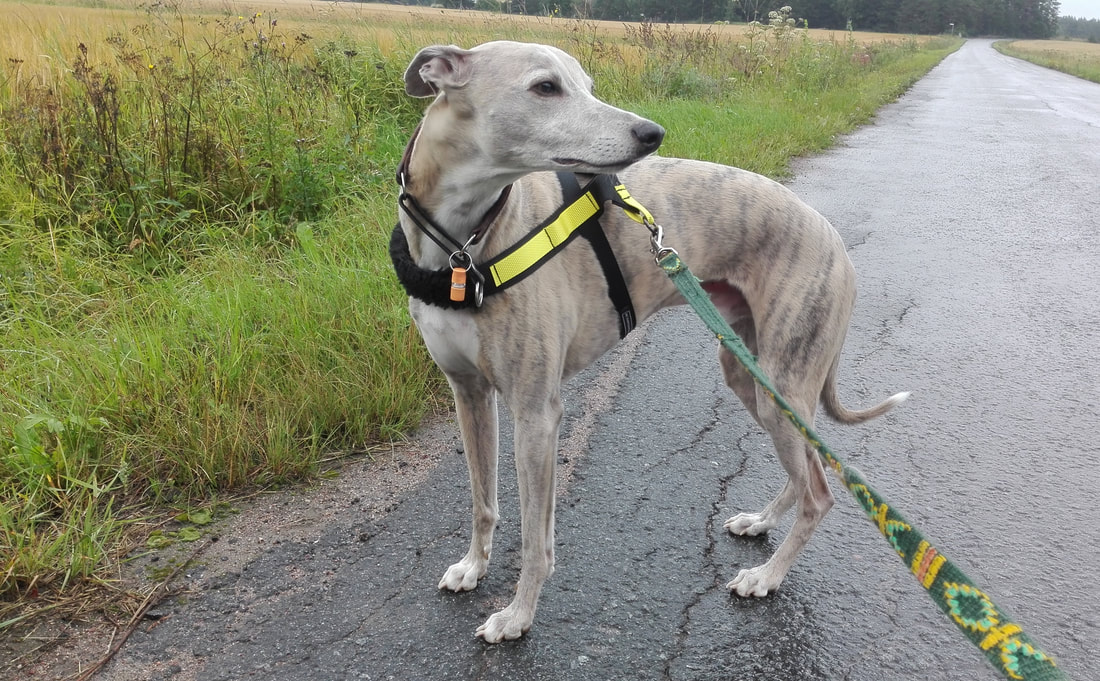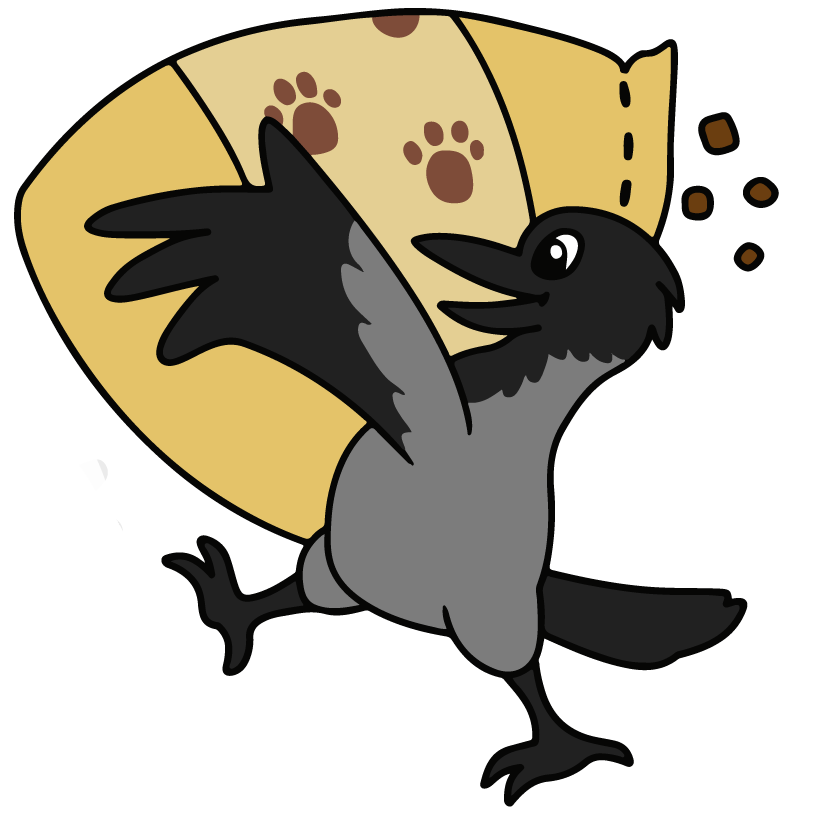Not so long ago I read a good article written by a Finnish dog osteopath about the problems on the neck connected to the using of collars on dogs. Now, to anyone living in areas where having your dog leashed is a must there are limited options on how to attack the least to your dog. It's either a harness or a collar. But how to make a decision? What risks are there when using a collar and how to avoid problems? |
Mistä on kyse?Koko elämänsä koiria harrastaneen raakaruokintafriikin ajatuksia, pohdintoja ja elämää koiralauman kanssa. Seuraa meitä
Päivitämme säännöllisen epäsäännöllisesti myös Facebookiin.
Historia
June 2022
Kategoriat
All
|




